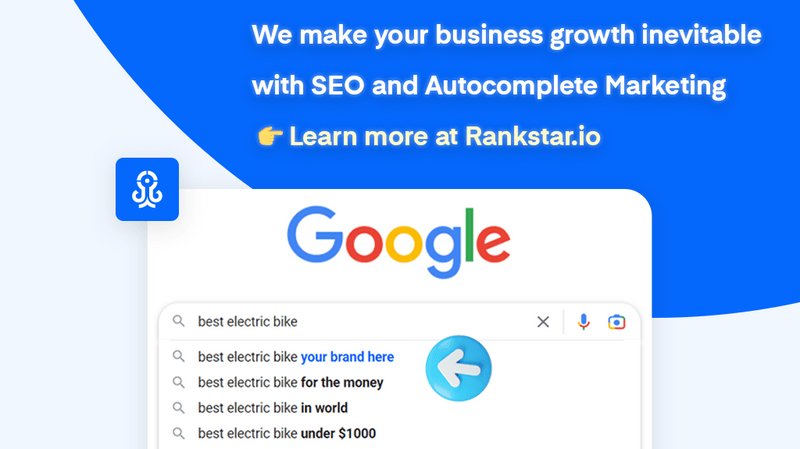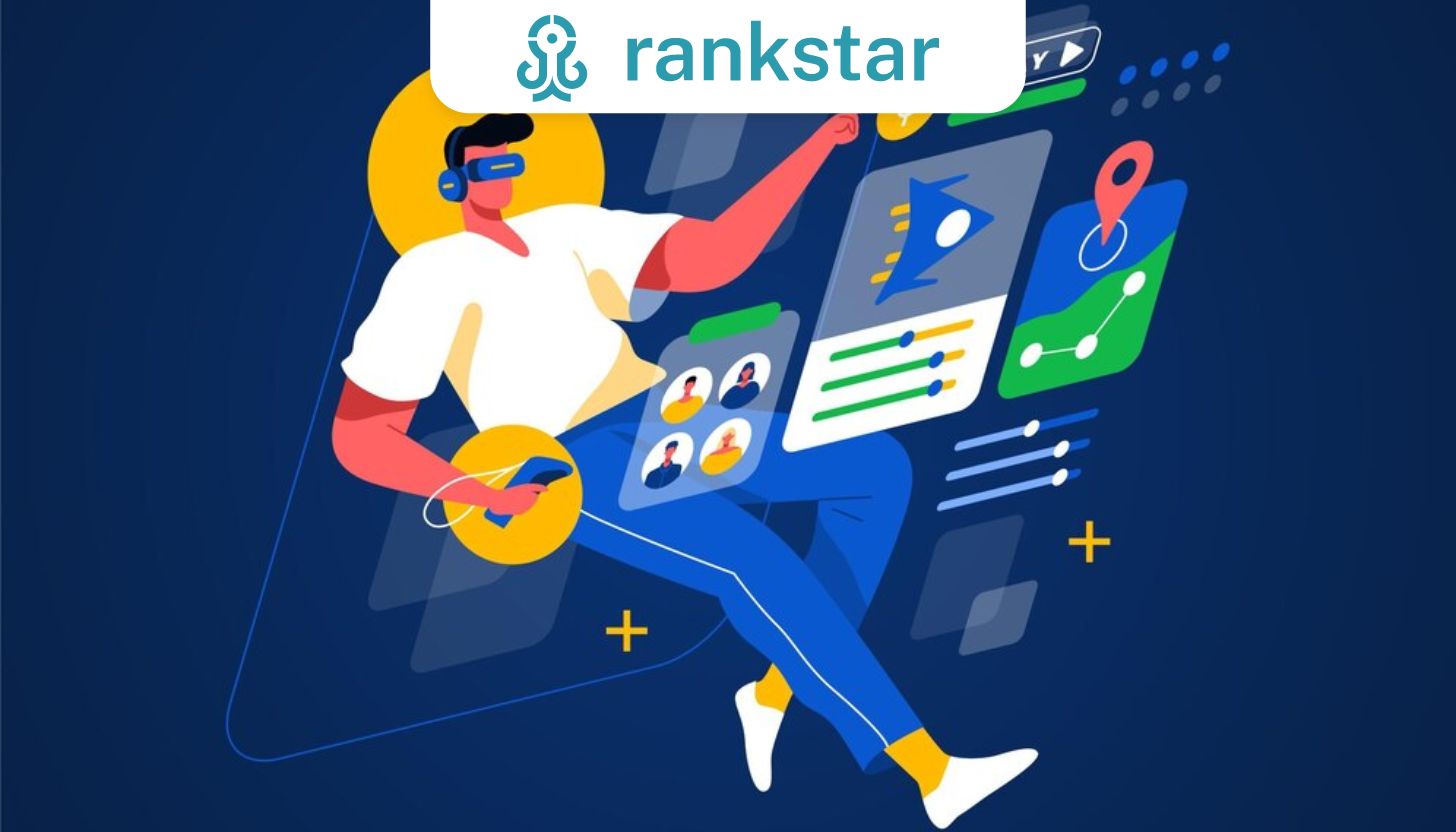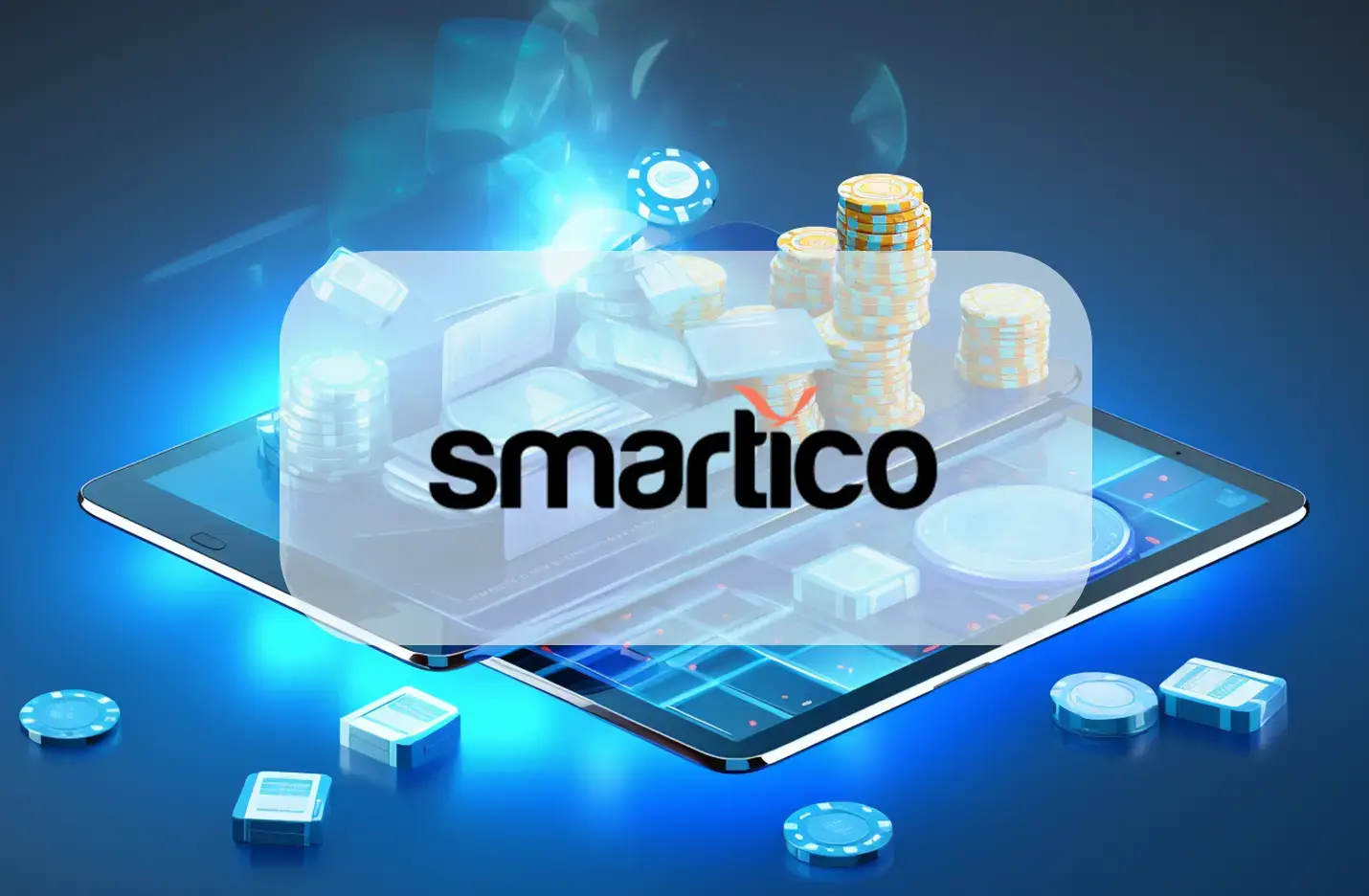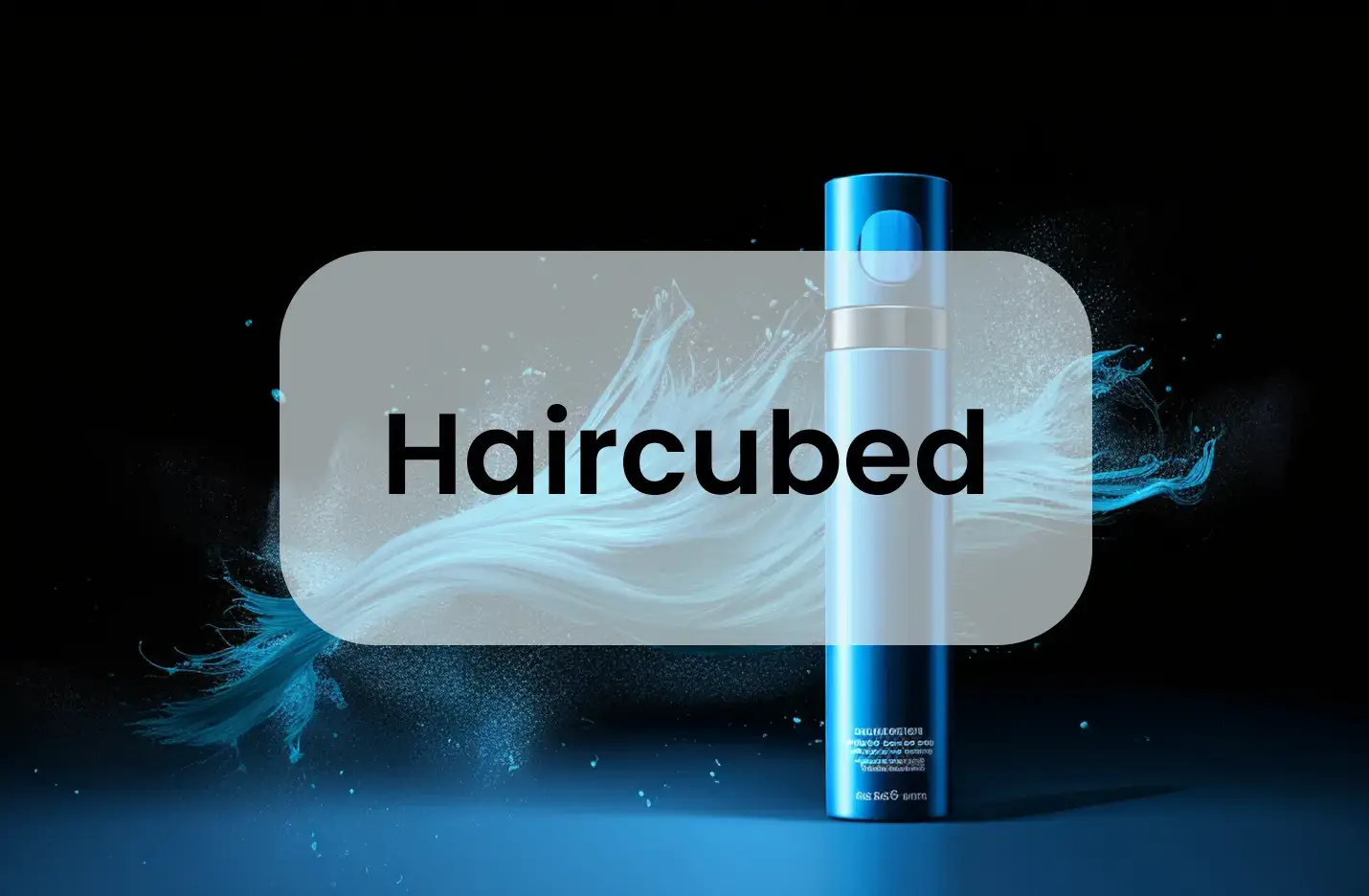This article explores the intersection of Virtual Reality (VR), Search Engine Optimization (SEO), and social media, offering strategies to maximize the visibility and impact of VR content.
It provides insights on SEO optimization, social media engagement, performance analytics, user satisfaction, and compatibility testing.
The aim is to equip readers with the skills to leverage VR technology effectively, ensuring their content resonates with target audiences and achieves optimal reach and engagement in the US, Malta, Qatar, and all countries!
Key Takeaways
- Use VR-specific keywords and metadata to optimize VR content for search engine optimization (SEO) and social media algorithms.
- Create attractive and informative thumbnails and previews that showcase the VR content to attract and engage the target audience.
- Leverage VR platforms and communities to distribute and promote VR content effectively.
- Measure and improve VR performance using analytics tools, user feedback, and user engagement metrics.
Master SEO and Social Media via VR Content with Rankstar
→ Embark on a transformative journey into the realm of VR-driven SEO and social media mastery!
Discover the power of VR content with our exclusive article, ‘Unleashing the Power of VR: Mastering SEO and Social Media,’ available now on RankStar. Elevate your digital strategy, harnessing the synergy between immersive experiences and optimized social engagement. Seize the opportunity to unlock new dimensions in online presence. Dive in today and reshape your digital landscape!

Understanding the Intersection of VR, SEO, and Social Media
In the context of our ongoing exploration, understanding the intersection of VR, SEO, and Social Media involves optimizing VR content with the appropriate metadata and keywords, ensuring compatibility across platforms, and creating engaging VR stories that resonate on various social media platforms.
This process commences with the identification and integration of VR-specific keywords and metadata within the content.
It is followed by a meticulous evaluation of the VR content compatibility across diverse platforms, focusing on performance, stability, and responsiveness.
The final stage involves the crafting of compelling VR narratives that captivate the target audience’s attention.
Leveraging VR platforms and communities for distribution and promotion is also crucial, along with the monitoring of performance metrics for continuous improvement based on user feedback.
Boosting your VR content’s visibility online requires an in-depth SEO audit, thorough link-building services, and robust online reputation management. A well-executed SEO audit provides insights into the performance of your VR content, its strengths, and areas of improvement. It also analyzes your overall website’s SEO performance. Meanwhile, state-of-the-art link-building services can help your VR content reach larger audiences by strengthening your website’s domain and page authority.
An excellent online reputation also plays a significant role in attracting and retaining your target audience. In line with this, a well-structured SEO web design ensures your VR content is optimized for search engines, resulting in high SERP rankings.
Moreover, effective conversion rate optimization strategies aid in converting the incoming traffic from your VR content to loyal customers, ultimately driving your digital growth.
This comprehensive approach provides a strategic direction to maximize the potential of VR in the digital space.
Strategies for SEO Optimization of VR Content
The developer’s understanding of metadata and targeted keywords is essential for the SEO optimization of VR content. It’s equally important to craft engaging narratives that appeal to the target audience on social media platforms.
This task necessitates the development of a comprehensive strategy that takes into account various key elements:
- Keyword Selection: Choose VR-specific keywords that accurately describe your content.
- Meta Descriptions: Use metadata to provide a concise summary of your VR content.
- Social Media Optimization: Craft narratives that are engaging and shareable to enhance social media visibility.
- Performance Tracking: Use analytics tools to monitor performance and refine your strategy based on user feedback.
These steps can help developers successfully optimize their VR content for better search engine ranking and increased social media engagement.
Making VR Content Shareable on Social Media
Harnessing the potential of social media for VR content dissemination necessitates creative strategy and effective execution, to not only captivate the audience but also encourage them to share the immersive experiences.
The first step is crafting engaging VR stories that resonate with the target audience. These should be paired with attractive, informative thumbnails and previews that pique curiosity.
Keywords and metadata should be optimized for SEO and social media algorithms, increasing visibility among potential users. Using VR-specific keywords will help categorize content, aiding discovery.
Collaboration with VR platforms and communities for distribution and promotion can provide a broader reach.
Engaging With VR Communities for Content Promotion
By actively participating in VR communities, marketers can significantly enhance the visibility and reach of their VR content.
Firstly, by immersing themselves in these communities, marketers can understand the preferences and expectations of VR users, enabling them to create content that resonates with this audience.
Additionally, VR communities provide a platform for marketers to showcase their VR content, thus expanding their reach.
The feedback and engagement from these communities can also provide valuable insights, which can be used to refine and improve VR content.
Lastly, forming relationships with influential members within these communities can lead to collaborations, further amplifying the visibility of the VR content.
Utilizing Analytics for VR Performance Enhancement
Performance metrics from analytics tools are pivotal in refining VR applications, offering insights that help improve user experience and engagement levels. These metrics can track several parameters, such as user navigation patterns, interaction points, and session durations, providing invaluable data on how users interact with the application. Through careful analysis, bottlenecks and areas of friction can be identified and addressed, enhancing the overall VR experience.
Moreover, analytics offer a means for testing and validating updates and new features, ensuring they resonate well with the user base before full-scale implementation. A/B testing, in particular, can identify the most effective options.
Ultimately, the intelligent use of analytics allows for a responsive, user-centric approach in VR application development, maximizing both user satisfaction and engagement.
Aligning Stakeholder Interests With VR Projects
The strategic alignment of stakeholder interests with VR projects is a critical factor in ensuring the success and sustainability of these innovative endeavors. The diversity of stakeholders, from investors and developers to end users, necessitates a comprehensive understanding of their unique needs and expectations.
To effectively align stakeholder interests with VR projects, consider the following:
- Establish transparent communication channels to keep stakeholders informed of project progress and challenges.
- Involve stakeholders in decision-making processes to foster a sense of ownership and engagement.
- Regularly gather and incorporate feedback to ensure that the VR project remains relevant and valuable to stakeholders.
- Clearly articulate the ROI of the VR project to justify stakeholder investment and support.
Techniques for Improving VR User Satisfaction
In the realm of virtual reality, enhancing user satisfaction hinges on meticulous attention to feedback and innovative design. Through the effective implementation of advanced techniques, we can drastically improve the overall user experience.
As part of this process, user surveys and interviews play a crucial role in collecting valuable feedback. Distinct user engagement metrics, such as time spent and interactions, provide insights into the user’s journey. Monitoring user reviews and ratings on VR platforms and app stores gives firsthand knowledge about user satisfaction.
A/B testing allows for the comparison of VR application versions, aiding in the measurement of user preferences.
The key lies in iterating VR experiences based on user feedback, thereby promoting a more immersive, user-centric VR environment.
Ensuring Compatibility of VR Applications Across Platforms
We must emphasize the importance of ensuring the compatibility of VR applications across various platforms to provide seamless user experiences. As the VR landscape grows, compatibility becomes a crucial factor in maintaining user engagement and satisfaction.
- Interoperability: VR applications should be designed to function seamlessly across multiple platforms, providing a consistent user experience.
- Performance Testing: Rigorous testing on various hardware configurations and operating systems is necessary to identify and resolve potential performance issues.
- Standards Compliance: VR applications should adhere to industry standards and guidelines to guarantee compatibility and quality.
- Collaboration: Working closely with VR device manufacturers can aid in optimizing application performance, ensuring compatibility, and enhancing the overall user experience.
Ensuring these factors will facilitate a positive and immersive VR experience, regardless of the platform or device used.
Streamlining the VR Prototype Management Process
A significant portion of developing efficient virtual reality experiences revolves around streamlining the VR prototype management process, which can greatly enhance productivity and collaboration among teams. Strategically organizing prototypes, implementing version control systems, and establishing a centralized repository can dramatically improve the development cycle.
The table below outlines the key facets of a well-managed VR prototype process:
| Facet | Benefit |
| Organized Prototypes | Streamlines the development process, reducing time spent searching for specific versions. |
| Version Control Systems | Allows for effective tracking of changes, facilitating collaboration, and preventing errors. |
| Centralized Repository | Provides a single source of truth, ensuring consistency and accessibility for all team members. |
Exploring Effective Mobile Video Formats for VR Goals
Exploring effective mobile video formats for VR goals involves considering a variety of factors, including the optimal length, format, and loading times to ensure the highest level of user engagement and satisfaction. The choice of format significantly influences the user experience and can either enhance or hamper the immersive nature of VR.
The following key points need consideration:
- Optimal video length: Videos should be concise and engaging to retain user attention.
- Appropriate video format: Formats should be tailored based on the platform and user preferences.
- Fast loading times: Ensuring minimal latency for a seamless VR experience.
- User feedback: It is imperative to incorporate user feedback to refine video formats.
In essence, the format, length, and loading times play crucial roles in optimizing VR content for mobile platforms.
Frequently Asked Questions
What Are the Potential Challenges in Implementing SEO for VR Content?
Implementing SEO for VR content poses challenges such as optimizing for VR-specific keywords, creating engaging VR narratives for social sharing, and continuously measuring and improving performance based on analytics and user feedback.
How Can VR Content Creators Protect Their Work From Unauthorized Uses or Copyright Infringement?
VR content creators can protect their work from unauthorized use or copyright infringement by registering their work for copyright protection, using watermarks, implementing digital rights management systems, and actively monitoring for unauthorized uses.
What Are Some Recommended Tools or Software for Prototyping VR Applications?
Recommended tools for prototyping VR applications include Unity3D for comprehensive game development, Sketchbox for design and layout planning, and Tilt Brush for 3D modeling. Additionally, A-Frame is useful for web-based VR experiences.
How Can Virtual Reality Technologies Be Used to Enhance User Engagement on Social Media Platforms?
Virtual reality technologies can enhance user engagement on social media platforms by creating immersive, interactive experiences. This can be accomplished through VR live streams, interactive ads, 360-degree videos, and virtual tours that encourage user interaction and shares.
Are There Any Specific Industry Standards or Guidelines for Creating VR Content That Is Compatible With a Wide Range of Devices and Platforms?
Yes, industry standards for VR content include ensuring compatibility across devices and platforms, compliance with software guidelines, and optimizing for performance, stability, and responsiveness. Collaboration with device manufacturers can also enhance compatibility.
Further, it’s essential to note that these VR industry standards apply not only to tech-savvy sectors, but also across various industries like iGaming, SaaS companies, start-ups, online grocery and food delivery services, consumer electronics, and telecommunication companies. Therefore, regardless of the industry your business falls under, if VR content is involved, these industry standards should never be overlooked.
Conclusion
In conclusion, harnessing the intersection of VR, SEO, and social media necessitates an understanding of optimization strategies, shareability, community engagement, and analytical application.
The enhancement of user satisfaction, ensuring application compatibility, managing VR prototypes, and utilizing effective mobile video formats further bolsters VR content optimization.
Thus, the successful optimization and promotion of VR content can significantly amplify its visibility and resonance with the target audience, ultimately maximizing its potential impact.


















